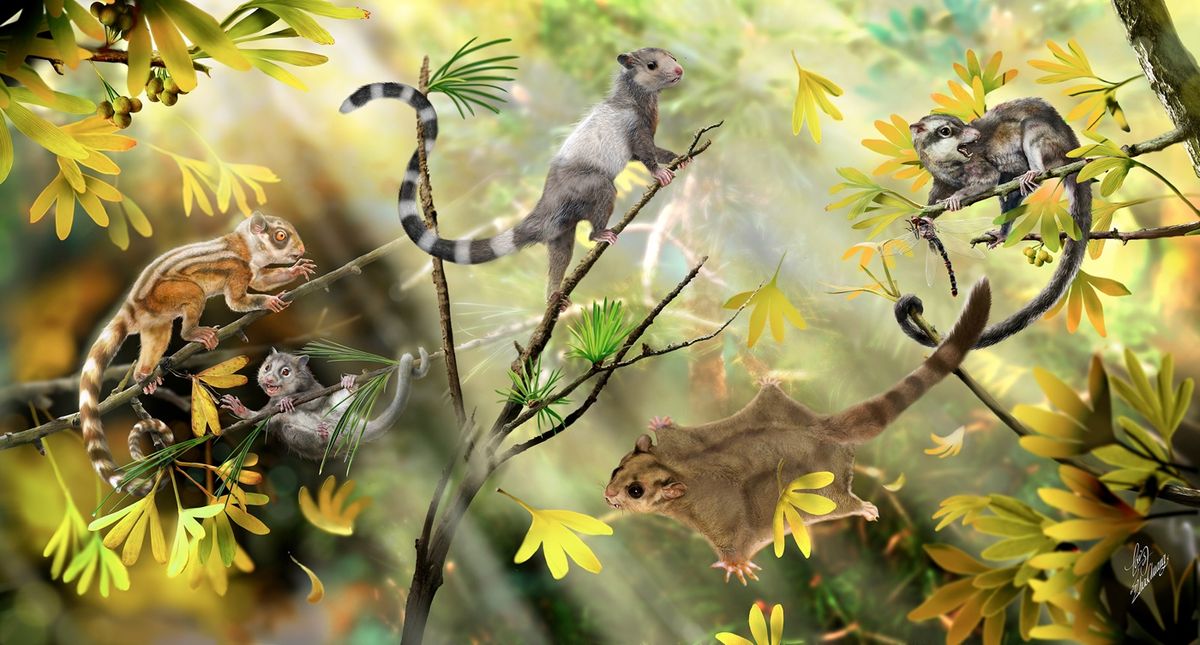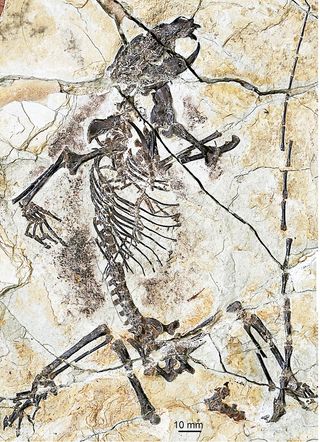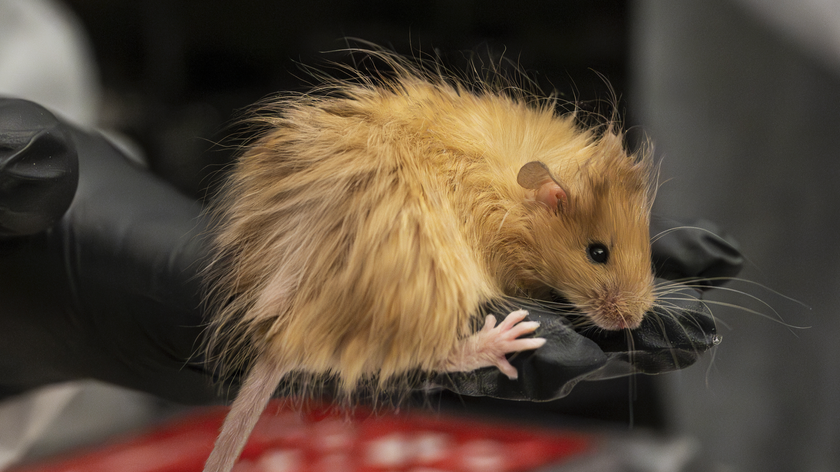Ancient Squirrel-Like Creatures Push Back Mammal Evolution

Extinct squirrel-like creatures from China suggest the earliest mammals originated more than 200 million years ago, much earlier than often previously thought, researchers say.
The fossils were discovered in the last three years by private collectors and amateur paleontologists in a Liaoning province cornfield in northeastern China. Liaoning has become famous for the trove of feathered dinosaurs and winged reptiles known as pterosaurs unearthed there over the last decade. The province is also known for a fossil of a baby dinosaur inside a mammal's gut, the first direct proof that mammals dined on dinosaurs.
The newfound fossils are about 160 million years old, dating back to the Triassic Period. Back then, the area was a warm, wet forest populated by dinosaurs, mammals and pterosaurs, all living on thelost supercontinent Laurasia, which once included what are today's northern continents. [See Images of Squirrel-Like Creatures and Other Ancient Mammals]
The six well-preserved fossil specimens are from three different extinct species. The animals ranged in size from 1 to 10 ounces, or from "a house mouse to a small squirrel," said study co-author Jin Meng, a paleontologist at the American Museum of Natural History in New York. Their teeth suggest "they were most likely omnivorous, eating insects, nuts and fruits," he said.

The largest of the three species is named Shenshou lui, with "shenshou" meaning "divine beast" in Chinese and "lui" referring to the collector of the specimen, Lu Jianhua. The other two species are named Xianshou songae and Xianshou linglong, with "xianshou" meaning "celestial beast" in Chinese, "songae" referring to Rufeng Song, the collector of the specimen, and "linglong" meaning "exquisite" in Chinese and also referring to the town of Linglongta, where the specimen came from.
Judging from their slender builds, long tails, hands and feet adapted for grasping and climbing, and enlarged incisor teeth, these animals would have been tree-dwellers that looked similar to squirrels. However, "don't confuse these new animals with any living species," Meng said. Any similarities between these creatures and squirrels are due to convergent evolution, just as fish and dolphins both have streamlined bodies to better swim in the water but are only distantly related.
The bones were of mysterious animals known as haramiyids. Scientists learned of haramiyids back in Darwin's time, but researchers knew about them only from their teeth and fragments of their jaws. "For over a century, paleontologists were puzzled as to whether these creatures were mammals or animals closely related to mammals," Meng told Live Science.
Sign up for the Live Science daily newsletter now
Get the world’s most fascinating discoveries delivered straight to your inbox.
These fossils reveal new details about the skulls, teeth and skeletons of three previously unknown species of haramiyid, revealing that haramiyids were probably mammals. For example, the fossils show evidence of a typical mammalian middle ear, the area just inside the eardrum that turns vibrations in the air into electrical signals that get transmitted to the brain. The middle ears of mammals are unique in that they have three bones.
The new findings suggest their closest known relatives were rodentlike creatures known as multituberculates. Both of these groups have no living descendants, having long ago separated from the lineage leading to modern mammals.
The oldest known haramiyids date to the Late Triassic period about 220 million to 200 million years ago. This suggests mammals are at least that old, "earlier than much previous research predicted," Meng said.
Many scientists had suggested that mammals originated in the Middle Jurassic, which ranged from 174 million to 164 million years ago. "Haramiyids are one of the oldest group of mammals, if not the oldest," Meng said.
The scientists detail their findings in tomorrow's (Sept. 11) issue of the journal Nature.
Follow us @livescience, Facebook& Google+. Original article on Live Science.












